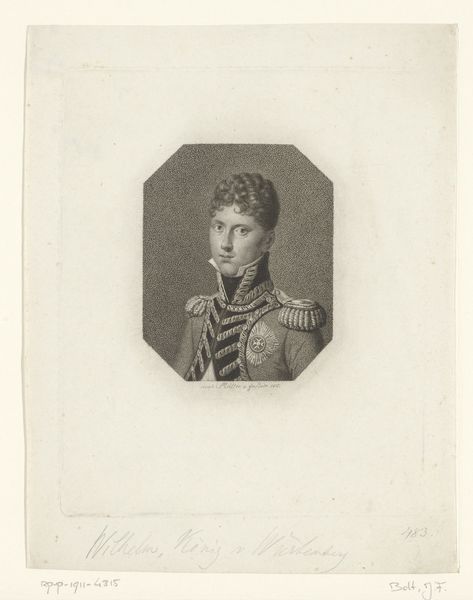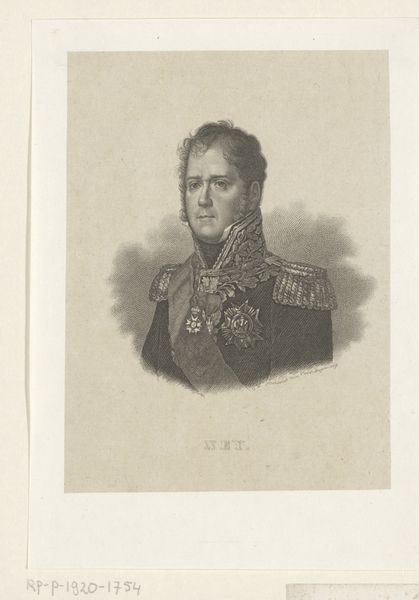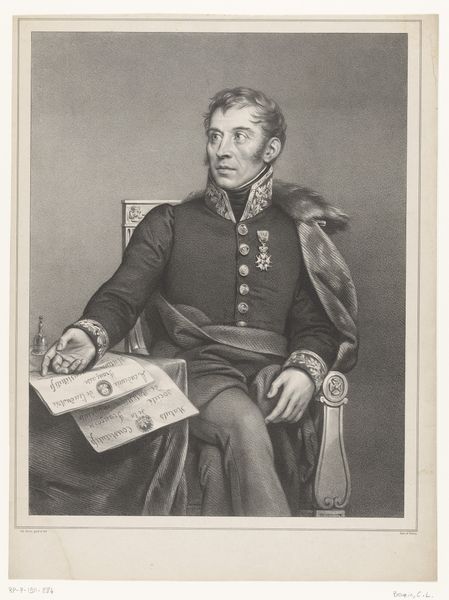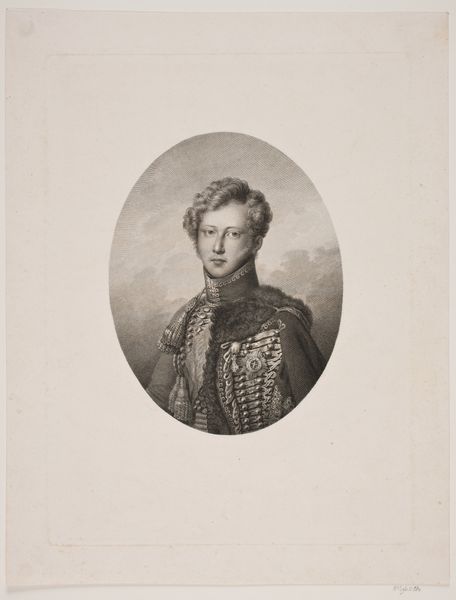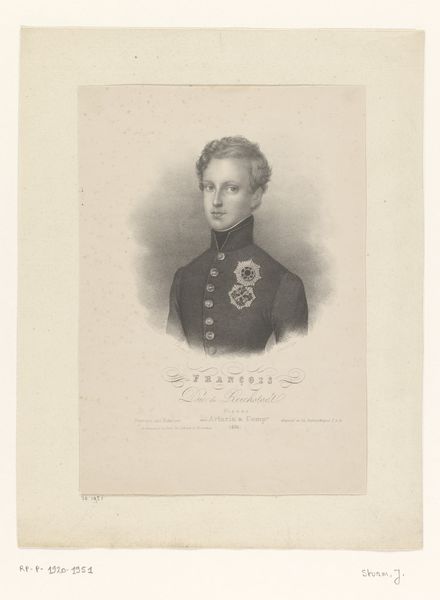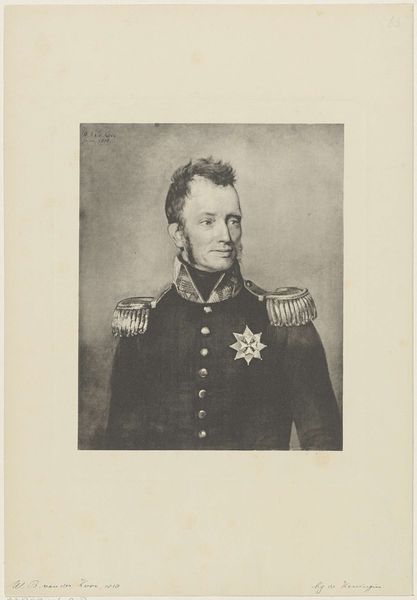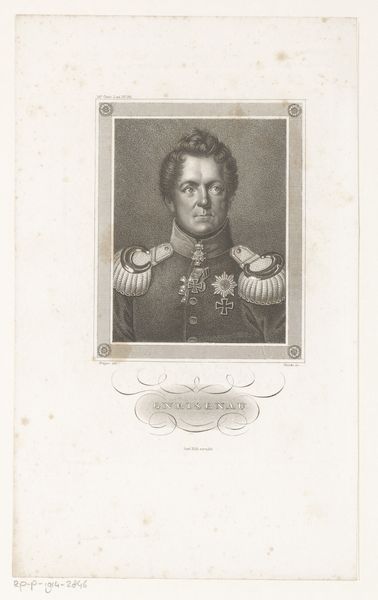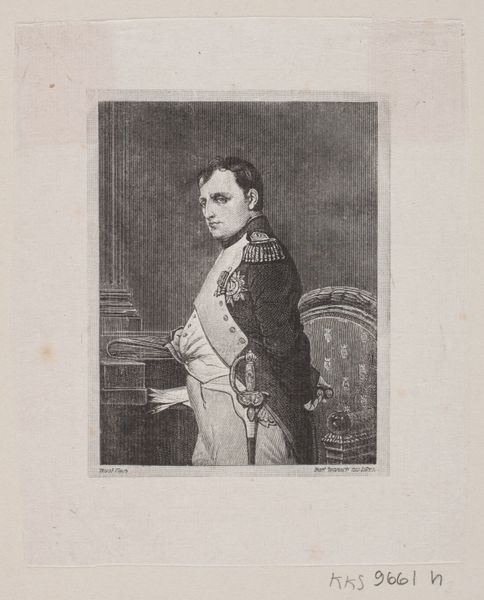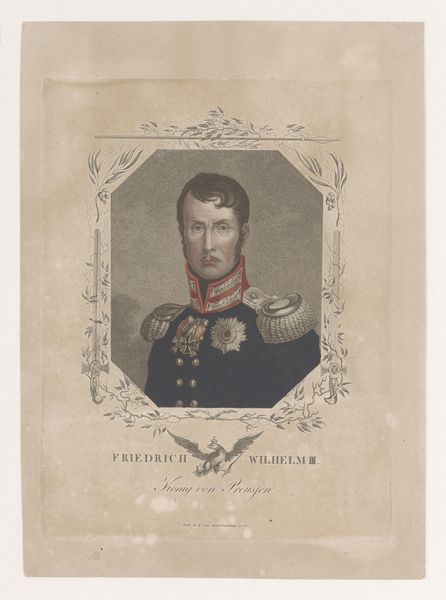
drawing, engraving
#
drawing
#
historical photography
#
19th century
#
history-painting
#
academic-art
#
engraving
#
realism
Dimensions: height 120 mm, width 98 mm
Copyright: Rijks Museum: Open Domain
Editor: Here we have Frederik Hendrik Weissenbruch’s “Portret van Carel Hendrik Ver Huell,” dating from 1858 to 1862. It’s a detailed engraving. Looking at all those medals, what do you see in this piece beyond a formal portrait? Curator: What strikes me immediately is the process of its making. It’s an engraving, meaning there were deliberate, skilled actions involved in its production, and its creation involved labour. Think about the engraver’s tools, the metal plate, and the time spent rendering such intricate detail. How might the reproduction via print democratize access to images of powerful figures? Editor: So you’re saying the *method* of creation influences our understanding of the image itself? Curator: Absolutely! Consider the context: this was the 19th century. Photography was emerging, threatening traditional portraiture. The deliberate choice of engraving – a laborious, reproducible process – speaks volumes about control over image dissemination and, more subtly, the implied value of crafted artistry over mechanical reproduction. It's a comment on the relationship between labor and representation. Editor: I see what you mean. It’s almost as if the artist is making a statement about the value of skilled labor amidst technological change. What do you think the choice of clothing and adornments suggest? Curator: Exactly. Those elaborate garments and medals indicate status. The materials and the craftsmanship are markers of privilege. Consider how the artist carefully rendered each one to signal Ver Huell’s importance. It reinforces how social standing relies on materials acquired via means within reach of only certain classes, displayed by the wearer for others to readily appreciate. Editor: That’s given me a lot to think about – the tension between the subject's status and the artistic choices that made the work possible in the first place. Curator: Precisely, this work encourages us to interrogate the complex interplay between production, material culture, and social hierarchy.
Comments
No comments
Be the first to comment and join the conversation on the ultimate creative platform.

